Exploring Australia's renewable energy landscape: policies, programs and government strategies
Welcome to the final instalment of our three-part series on environmental infrastructure in Australia. In this update, we provide a high-level summary of Australia’s renewable energy landscape, focusing on the federal, state and territory governments' policies, strategies and programs to achieve the nation’s net zero objectives.
Australia presents a dynamic and evolving landscape for renewable energy investment, driven by increased policy stability, the push for mandatory climate disclosures, and the exploration of innovative technologies.
The results of a recent survey published by the Investor Group on Climate Change (IGCC) in Mar-24 highlight that investors are increasingly optimistic about Australia's climate policy, reflected in a notable reduction in perceived policy and regulatory uncertainty.
Nonetheless, as with Australia’s waste and water sectors, the states and territories all have different policies which contributes to complexity for investors. Set out below is a snapshot of the different policies, strategies and programs of the Federal, state and territory governments to achieve the nation’s net zero objectives.
Australia’s Renewable Energy Landscape
Australia has increased its share of renewable energy from 15% in 2017 to 39% in 2023, driven by household investments and large-scale energy projects;
The Commonwealth Government has set a target of 82% renewable energy by 2030, necessitating 221,000 GWh annually from renewables, up from the current 80,000 GWh; and
Solar power is now one of the cheapest sources of electricity available, and Australia leads the world in rooftop solar installations. As of 31 October 2023, over 3.5 million rooftop solar PV systems have been installed nationwide, equating to approximately one in three households.
Federal Government policies, strategies and programs
The Federal Government Powering Australia plan includes several commitments to lower emissions by increasing renewable energy generation. The specific target includes a 43% reduction in GHG by 2030 and Net Zero by 2050.
Several commitments included in the Powering Australia plan include:
Expanding the Capacity Investment Scheme to target a total of 32 GW new capacity by 2030;
Delivery of the Rewiring the Nation program which plans to invest $20bn to modernise Australia’s electricity grid and deliver new and upgraded transmission infrastructure;
Building on the Hydrogen Headstart program with a $4bn to support the development of large-scale renewable hydrogen projects.
Increased investment in the Australian Renewable Energy Agency and funding through the Future Made in Australia innovation fund;
Delivering the objectives outlined in the National Electric Vehicle Strategy which includes increasing the supply of EVs, developing the necessary resources, systems, and infrastructure to support rapid EV adoption and incentivise higher demand for electric vehicles.
The targets included in the Powering Australia plan are legislated by the Climate Change Act 2022 (Cth). The plan provides the nation’s agenda for achieving net zero whilst the Net Zero Plan is developed.
The Federal Government’s Net Zero Plan extends the nation’s climate action, guiding the transition to net zero GHG by 2050, consistent with international commitments. The plan will encompass all major economic sectors, setting policies to reduce emissions, foster investment in low emissions technologies, and establish an ambitious 2035 emissions reduction target. The plan is currently being developed.
State Government policies, strategies and programs
Table 1: Renewable energy sector by state
|
Policies, strategies and targets |
Notable developments |
|
|---|---|---|
|
New South Wales |
The NSW Government aims to halve emissions by 2030, and achieve net zero by 2050. Key policies and strategies include:
|
|
|
Queensland |
The Queensland Government aims to achieve 50% renewable energy generation by 2030 and 80% by 2035. Key policies and strategies include:
|
|
|
Victoria |
The Victorian Government aims to achieve 65% renewable energy generation by 2030 and 95% by 2035. Key policies and strategies include:
|
|
|
South Australia |
The South Australian Government aims to halve GHG by 2030 and achieve net zero emissions by 2050. Key policies and strategies include:
|
|
|
Western Australia |
The Western Australian Government aims to reduce GHG by 80% below 2020 levels by 2030 and net zero by 2050. Key policies and strategies include:
|
|
|
Australian Capital Territory |
The ACT Government aims to more than halve emissions by 2025 and achieve net zero emissions by 2045. Key policies and strategies include:
|
|
|
Tasmania |
The Tasmanian Government aims to more than double its installed renewable generation capacity to 200% by 2040. Key policies and strategies include:
|
|
|
Northern Territory |
The Northern Territory aims to achieve 50% renewable energy generation by 2030. Key policies and strategies include:
|
|
Considering your project development requirements or selecting a preferred contracting model? Connect with our team and let's continue the conversation.

